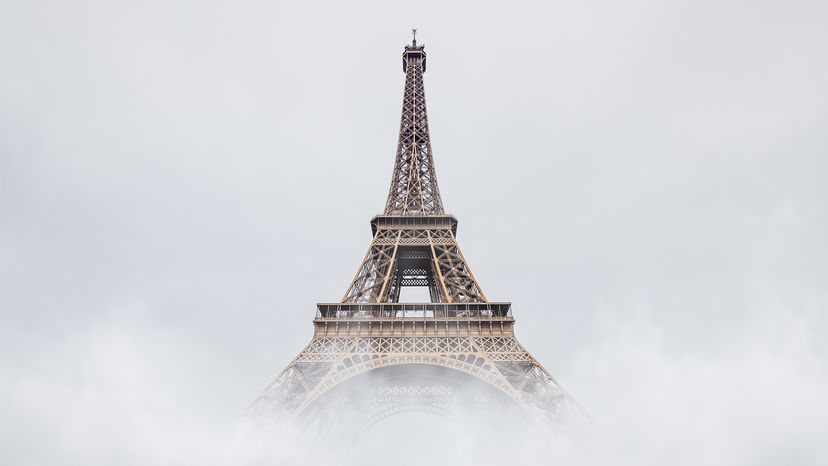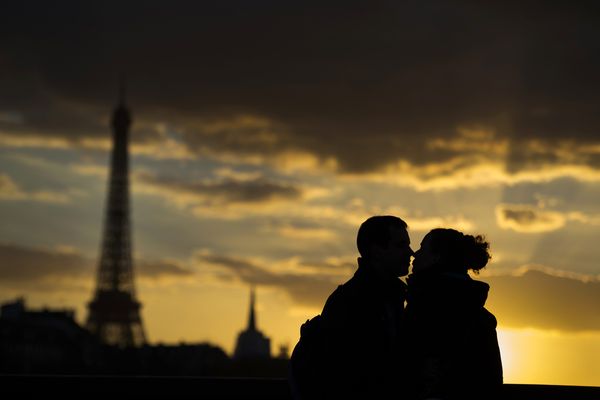
The Eiffel Tower is one of the world's most famous selfie backdrops, but it's also home to a little-known apartment with an intriguing history steeped in science and secrecy.
The Eiffel Tower was unveiled in Paris as the pièce de résistance of the 1889 World's Fair. It was engineered as a testament to France's technological machinations and as a monumental way to mark the 100th anniversary of the French Revolution. Gustave Eiffel, whose company designed and built the tower, added a number of furtive extras to it, ranging from a secret apartment to telegraph and radio broadcast equipment. It was this equipment that may have saved the Eiffel Tower from being torn down as a temporary exhibit left over from the World's Fair, a demolition that was slated for 20 years from the time of its debut. Turns out, the French government discovered and appreciated the wireless — yes, wireless in 1889! — telegraph transmitter and radio antenna so much that it opted to keep and care for the tower indefinitely.
Advertisement
In 1903, just six short years before the tower was to be demolished, Eiffel doubled down on his invitations to scientists to host brainy discussions and conduct research from within the tower's little-known apartment. The apartment, about 1,000 feet (304 meters) off the ground, was outfitted with cozy rugs and chairs surrounded by other comforts, but it also had adjacent spaces to serve as mini laboratories.
From this bird-level apartment, the atmosphere was measured, the stars and planets were observed and the bounds of physics were explored by some of the greatest minds of the late 19th and early 20th centuries. By 1903, Eiffel had found the answer to saving his tower. Captain Gustave Ferriè experimented with wireless broadcast signals, eventually sending signals as far as North America. The Eiffel Tower, and its scientific purpose, became too important to the French government to be torn down. Just a few years later, the tower would play a vital role in World War I, when the French military used the wireless communicators to transmit to ships in the Atlantic Ocean.
Today, the Eiffel Tower receives about 7 million visitors each year, and those who purchase a ticket to the top of the tower can look through a window at the apartment where Thomas Edison once conversed with Eiffel and other invitation-only erudite guests. For the most part, the apartment's original appearance has been preserved. There is upholstered furniture, a grand piano and burnished wood cabinets against a backdrop of patterned wallpaper. The apartment's laboratory areas still exhibit some of their original scientific equipment, and there is an observatory above the apartment that is not open to public viewing.
While you can't stay in the original apartment at the Eiffel Tower, there is now another option. The Gustave Eiffel Reception Room, situated at 187 feet (57 meters) off the ground, is open for event rental for a starting fee of 7,500 pounds sterling, which is about $10,000.
Advertisement
